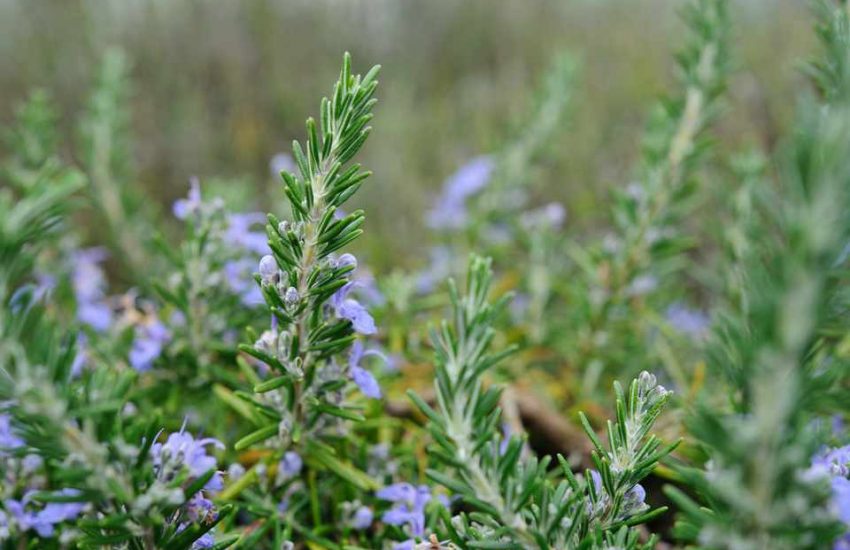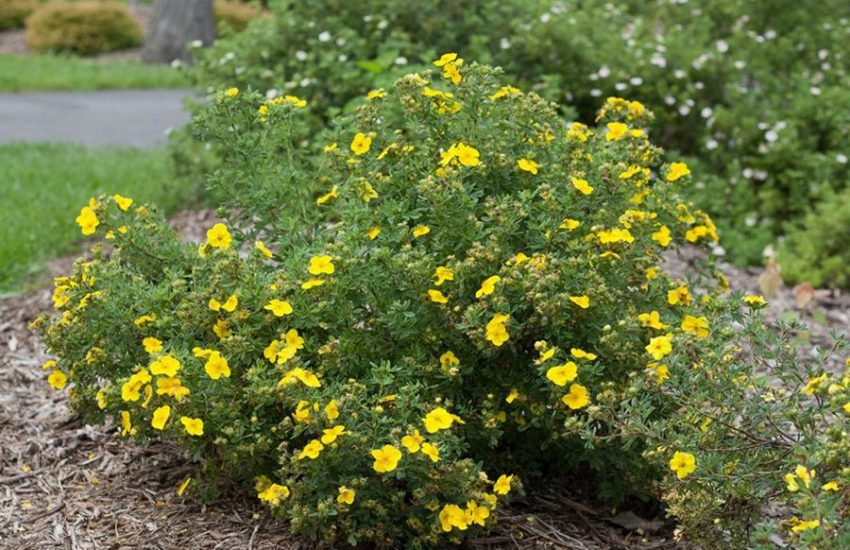Pine Trees of Pennsylvania: A Guide to the State’s Native Species
Pennsylvania is home to a diverse range of flora and fauna, including a variety of pine trees. These evergreen trees are known for their tall, straight trunks and needle-like leaves that stay green throughout the year. In Pennsylvania, pine trees can be found in both natural forests and man-made plantations.

One of the most common types of pine trees in Pennsylvania is the Eastern White Pine. These trees can grow up to 150 feet tall and have soft, flexible needles that are bluish-green in color. They are often used for lumber and can be found in many forests throughout the state. Other species of pine trees found in Pennsylvania include the Red Pine, Scotch Pine, and Virginia Pine.
Pine trees play an important role in Pennsylvania’s ecosystem, providing habitat for wildlife and contributing to the state’s economy through the timber industry. Their evergreen foliage also adds a touch of green to the landscape throughout the year. Whether you’re a nature enthusiast or simply appreciate the beauty of trees, the pine trees of Pennsylvania are definitely worth exploring.
Species and Characteristics

Eastern White Pine
The Eastern White Pine (Pinus strobus) is the most common pine tree species found in Pennsylvania. It is a tall, slender tree that can grow up to 150 feet in height and 40 inches in diameter. The needles of the Eastern White Pine are long and slender, measuring between 2.5 and 5 inches in length. They are arranged in groups of five, which is a characteristic of the white pine group.
Other Pine Species
Pennsylvania is also home to several other pine species, including the Pitch Pine (Pinus rigida), Red Pine (Pinus resinosa), Virginia Pine (Pinus virginiana), Shortleaf Pine (Pinus echinata), and Table Mountain Pine (Pinus pungens). Each of these species has its own unique physical attributes, such as needle length, color, and shape.
Physical Attributes
Pine trees in Pennsylvania vary in physical attributes, with some species having slender, prickly needles, while others have longer, softer needles. The needles of the Virginia Pine are yellow-green, while those of the Shortleaf Pine are blue-green. The Pitch Pine has needles that are twisted and prickly, while the Table Mountain Pine has needles that are short and purple.
In terms of diameter, the Red Pine is known for its large size, with some specimens reaching up to 40 inches in diameter. The Eastern White Pine, on the other hand, is known for its slender trunk and straight growth pattern. Overall, pine trees in Pennsylvania are a diverse and important part of the state’s ecosystem.
Ecology and Uses

Habitat and Growth Conditions
Pine trees are commonly found in Pennsylvania’s forests, particularly in the Appalachian area. They thrive in full sun and can grow on rocky slopes, making them a valuable resource for reforestation efforts. Pine trees are drought tolerant and can grow at a rapid rate, with some species growing up to two feet per year.
Wildlife and Ecosystem
Pine trees provide a vital habitat for a variety of wildlife, including birds, squirrels, and deer. They also play an important role in the ecosystem by stabilizing soil and preventing erosion. Pine needles and cones provide a source of food for many animals, and fallen pine trees create microhabitats for insects and fungi.
Human Utilization
Pine trees have been used by humans for a variety of purposes for centuries. The wood of pine trees is commonly used for lumber, as well as for making wood pulp for paper production. Pine trees are also a popular choice for Christmas trees, and many Christmas tree farms can be found in Pennsylvania. In addition, pine trees have been used for railroad ties and as a source of privacy in landscaping.
Overall, pine trees are a valuable resource in Pennsylvania’s forests, providing habitat for wildlife and serving as an important source of plant resources for human use. However, some species of pine trees are vulnerable to disease and other threats, highlighting the importance of sustainable forestry practices to preserve these evergreens for future generations.


